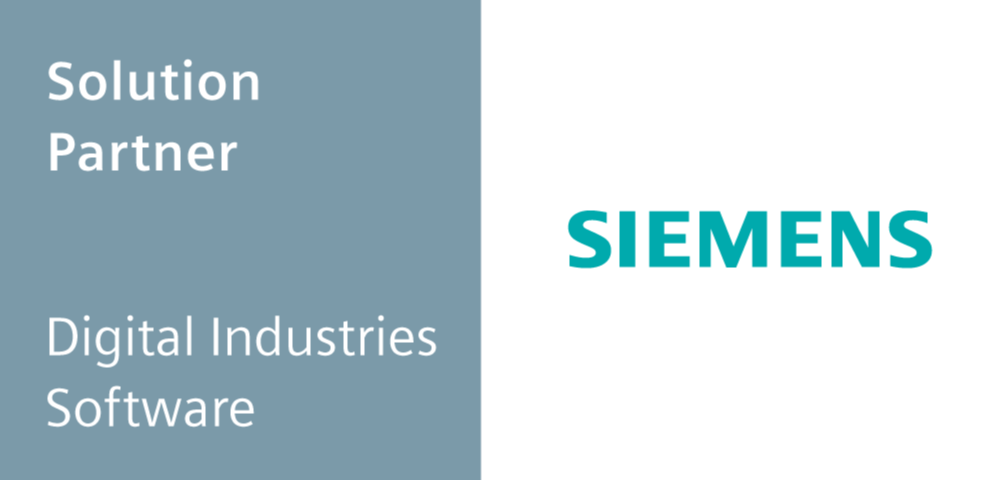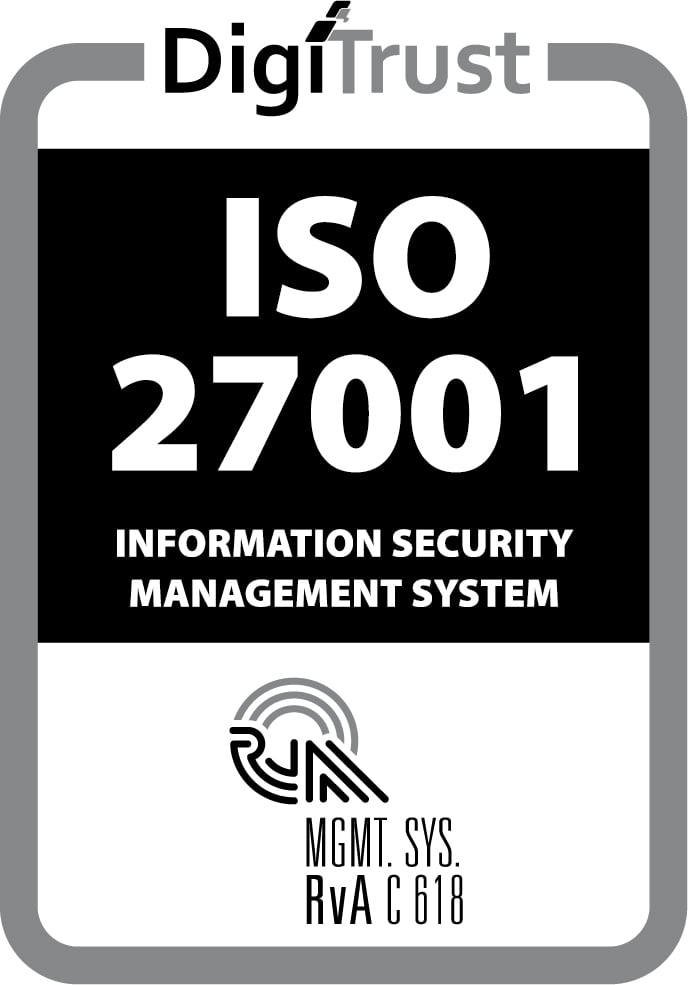In the fast-paced world of technology, businesses often struggle with the need to stay ahead, evolve, and adapt. A common perception is that switching systems is the key to embracing the future. However, there is another strategically valuable option: Future-proofing your current infrastructure through strategic optimization and integration. A key tool in this process is the use of Low-code technologies, empowering organizations to achieve rapid development and customization within their existing systems. Let's explore the benefits...
1. Optimization Within Current Infrastructure
Existing systems often have a robust foundation, which can be enhanced through strategic upgrades and integrations. This approach allows businesses to leverage the full potential of their current infrastructure without the disruption of a complete system switch.
2. Cost Efficiency
System switches can be costly, involving expenses for implementation, potential downtime, training, and data migration. By optimizing the current tech stack, businesses can achieve innovation without the substantial financial investment associated with a complete overhaul.
3. Preservation of Investments
Many companies have made significant investments in their current systems, including software licenses, customizations, and training. Future-proofing within the existing infrastructure allows organizations to preserve these investments and avoid the sunk costs associated with abandoning current solutions.
4. Reduced Disruption to Operations
Switching systems can cause disruptions to daily operations, impacting productivity and potentially leading to a learning curve for employees. Future-proofing within the existing system minimizes these disruptions, ensuring a smoother transition to new technologies without the need for a complete reset.
5. Integration of Emerging Technologies
Modernizing existing systems often involves integrating emerging technologies, such as Low-code solutions, artificial intelligence, and IoT, into the current infrastructure. These integrations enable businesses to stay current with technological advancements without the need for an entirely new system.
6. Customization and Tailored Solutions
Existing systems can be customized to meet evolving business needs. This tailored approach allows companies to address specific challenges and requirements, aligning technology with the unique aspects of their operations.
7. Time-to-Market Considerations
Adopting a future-proofing strategy within the current tech stack can significantly reduce the time-to-market for new innovations. Rapid development and integration of new functionalities, especially through low-code platforms, enable companies to respond swiftly to market demands without the delays associated with system switches.
8. Strategic Partnerships and Support
Leveraging partnerships with technology providers and experts can enhance the capabilities of existing systems. Companies like CLEVR, with expertise in PLM, manufacturing optimization, SAP integration and Low-code solutions, can guide organizations in optimizing and evolving their Tech Stacks without the need for a complete switch.
Future-proofing your Tech Stack doesn't necessitate abandoning your current systems. Instead, it's about optimizing, innovating, and evolving within the existing framework. With CLEVR's extensive domain expertise in Product Lifecycle Management (PLM) and a strategic focus on Low-code technologies, businesses can confidently navigate the path towards digital transformation. It's a strategic bridge to innovation, proving that you don't need to switch systems to stay at the forefront of technology. The journey into the future is about making the most of what you have, guided by a trusted partner like CLEVR.
Stay tuned as we continue to explore how CLEVR is reshaping the narrative of technological evolution, one optimized system at a time.




